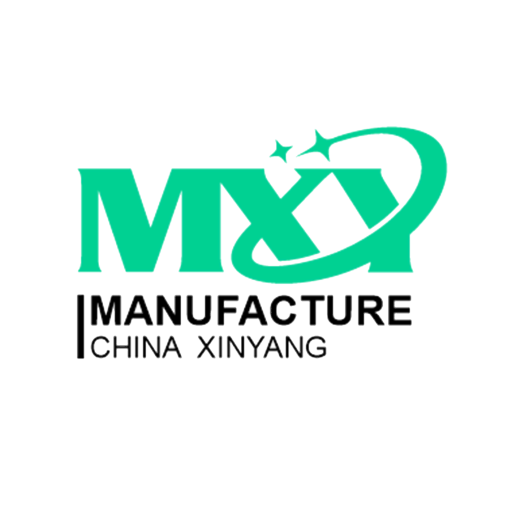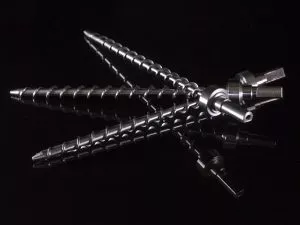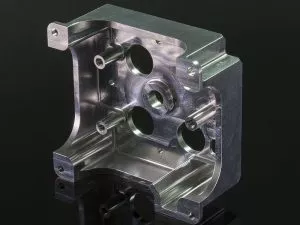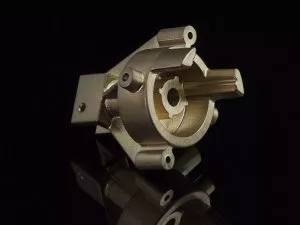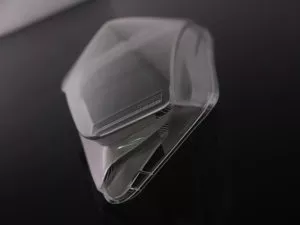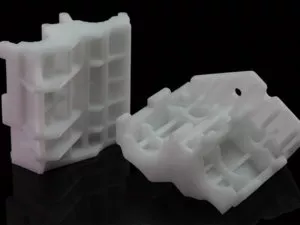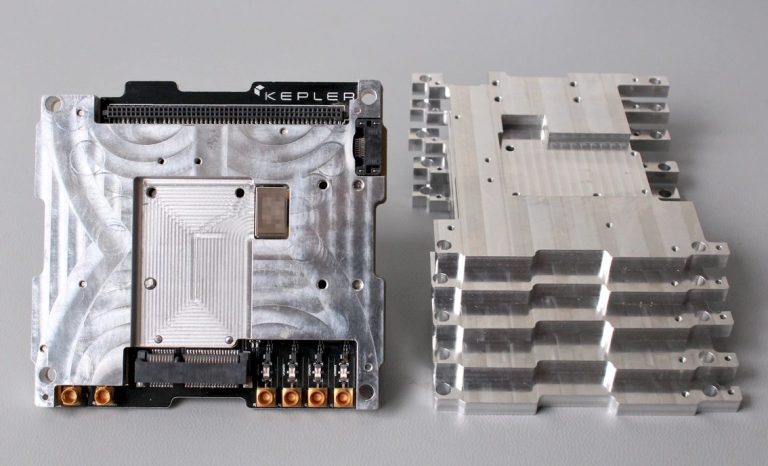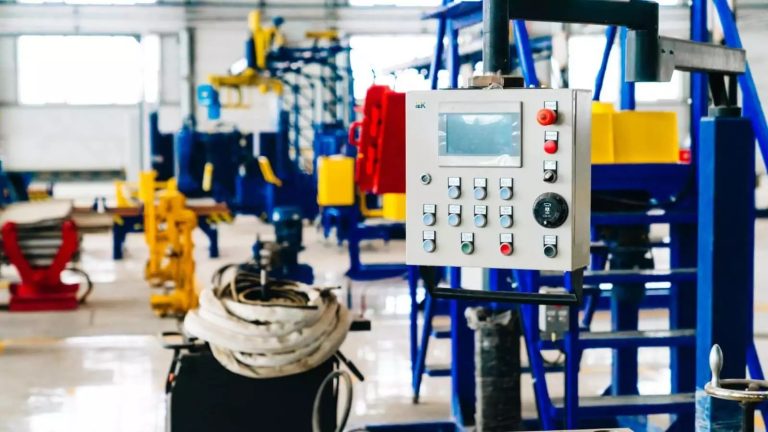Table of Contents
4 Axis, 5 Axis CNC Machining
Unlock complexity and precision for all your machining needs
For complex and time-sensitive machined parts, 5-axis CNC machines offer unparalleled flexibility and speed. 3ERP’s experienced team can help bring your ideas to life, from rapid prototypes to end-use parts for safety-critical applications. Our 4-axis, 5-axis milling capabilities enable us to provide precise parts with complex geometry. For information on our general CNC machining services, including 3-axis milling, CNC turning and EDM, see our CNC machining service page.
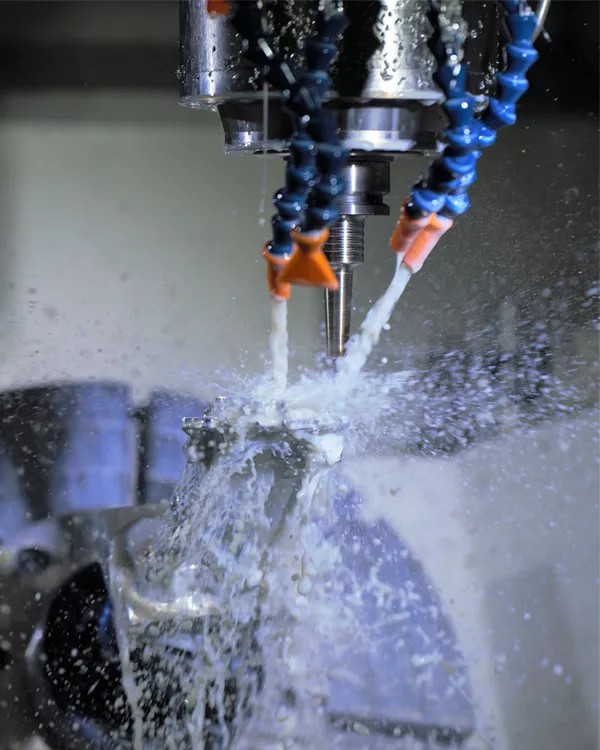
Advantages of 5 Axis Machining with XinYang
XinYang is capable of 5-axis machining to the very highest standards. Advantages of working with us include:
Fast turnarounds
With 10 sets of 5-axis machines in house, we have the capacity to make your prototypes and production parts in days.
Top-quality 5-axis machines
Our machinery includes HAAS and JingDiao 5-axis CNC machines, with an on-site inspection system to achieve super-tight tolerances.
Experience and expertise
With a decade of experience in the machining business, and with comprehensive knowledge of material properties, we know how to handle even the most complex parts — no matter the medium.
Industry compatibility
From aerospace parts to high-tech electronic products, we’ve worked with companies all across the manufacturing spectrum.
Understand the 5 Axis CNC Process
5-axis machining is, as the name suggests, a form of CNC machining in which the cutting tool can move along five axes instead of the usual three.
So how does that work? Well, with a 3-axis CNC machine, the spindle moves up and down, side to side, back and forth. 5-axis machines, in addition to this 3-axis movement, have two further axes in play: either the table rocks side to side on two different axes or the spindle itself swivels on two axes.
Either of these methods (more on their differences later) allow the cutting tool to approach the workpiece from an infinitely greater number of angles, and this makes it possible to create highly complex shapes.
It also reduces the number of setups needed: machinists don’t have to manually turn the workpiece over, because the cutting tool can simply reach more places. And this makes the entire machining process much, much faster.
Simultaneous 5 Axis Machining or 3+2 Axis Machining
5-axis CNC machines can differ from one another in another important way. Some 5-axis machines use what is known as “simultaneous” 5-axis machining, while others employ a “3+2-axis” method.

Simultaneous 5-axis
Simultaneous (or continuous) 5-axis machining is a form of 5-axis machining in which the machine can continually adjust movement on all five axes without pause. Simultaneous 5-axis CNC can be very fast, since there are no breaks between passes of the cutting tool.

3+2-axis
Another form of 5-axis machining is 3+2-axis, in which the machine can only move on the 4th and 5th axes (adjusting the angle of the cutting tool) when the cutting tool isn’t moving along the X, Y and Z axes. This form of 5-axis machining can be slower than simultaneous 5-axis CNC, but may result in more rigid parts and longer tool life.
Trunnion-Style or Swivel-Rotate-Style
5-axis CNC machines can have different configurations. All have spindles that travel along the X, Y and Z axes, but machines can add the two “extra” axes in different ways.
The most common types of 5-axis CNC machine are trunnion-style machines and swivel-rotate-style machines. Some machines combine features of both.
Trunnion-style 5 axis machine
A trunnion-style CNC machine is a kind of CNC mill with a moving table. That means the angle of the workpiece attached to the table can be adjusted, allowing the cutting tool to hit the material from different angles.
Trunnion-style machines have an A-axis and C-axis, and their advantages include better undercut access, effective removal of heavy materials and a larger overall work volume.
Swivel-rotate-style 5 axis machine
A swivel-rotate-style CNC machine is a kind of CNC mill with a rotating spindle. Adding a B-axis and C-axis to the spindle allows the cutting tool to hit the material from different angles, but in a different manner to a trunnion machine.
Advantages of swivel-rotate-style 5-axis CNC machines include the ability to handle heavy parts, since the table remains stationary, and compatibility with much shorter cutting tools — effectively reducing chatter and increasing accuracy.
5-Axis CNC Machining FAQ
What are the 5 axes on a CNC machine?
The axes, in terms of CNC machining, determine the number of directions that the cutting tool can move in when producing parts. There are the three-dimensional axes, and the 5-axis machine’s cutting tool can also rotate to approach the part from two directions, which serve as two additional axes.
When does 5-axis machining make sense?
Because of the flexibility offered by 5-axis machining, it should be used to create the most complex shapes and details in parts. The stability of the tool also provides a smoother and more consistent finish.
Can 5-axis provide tight tolerances?
5-axis CNC machining is one of the most advanced manufacturing technologies available, so it can produce some of the tightest tolerances possible, even on complex and detailed parts.

